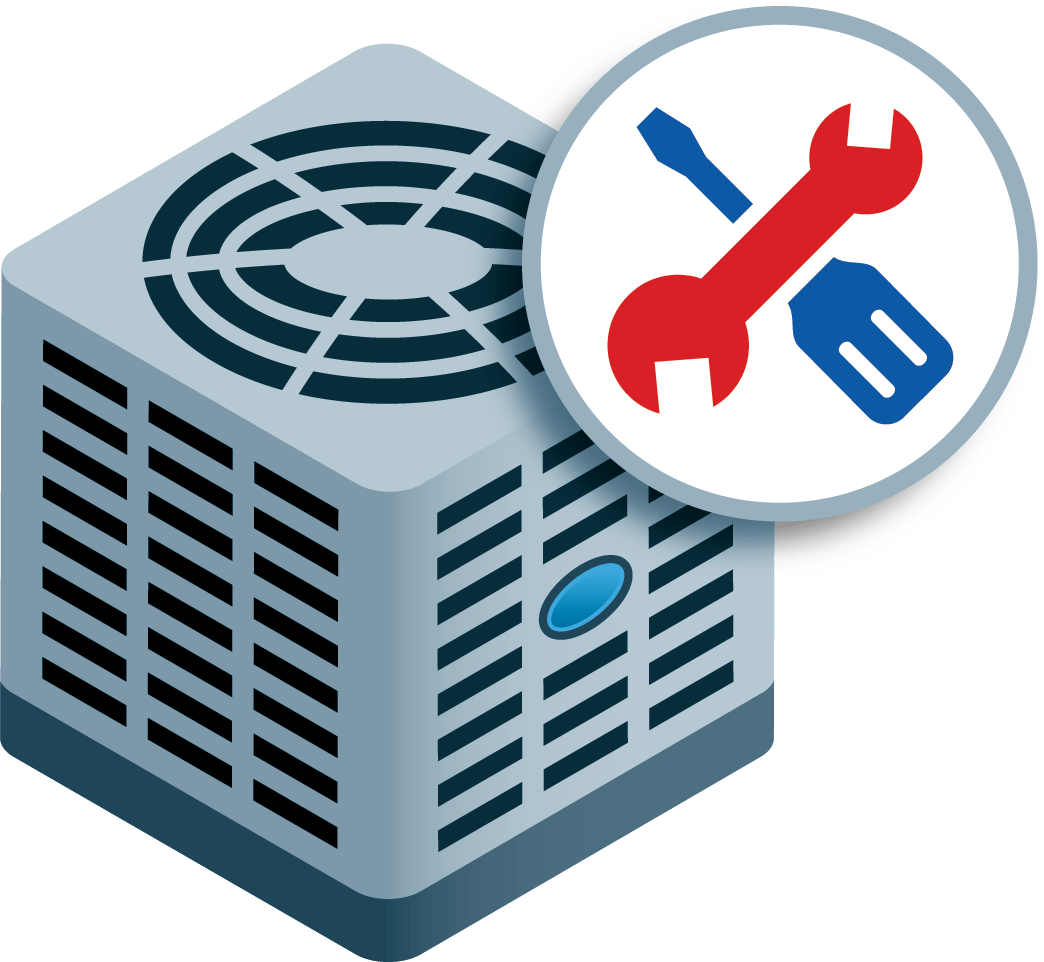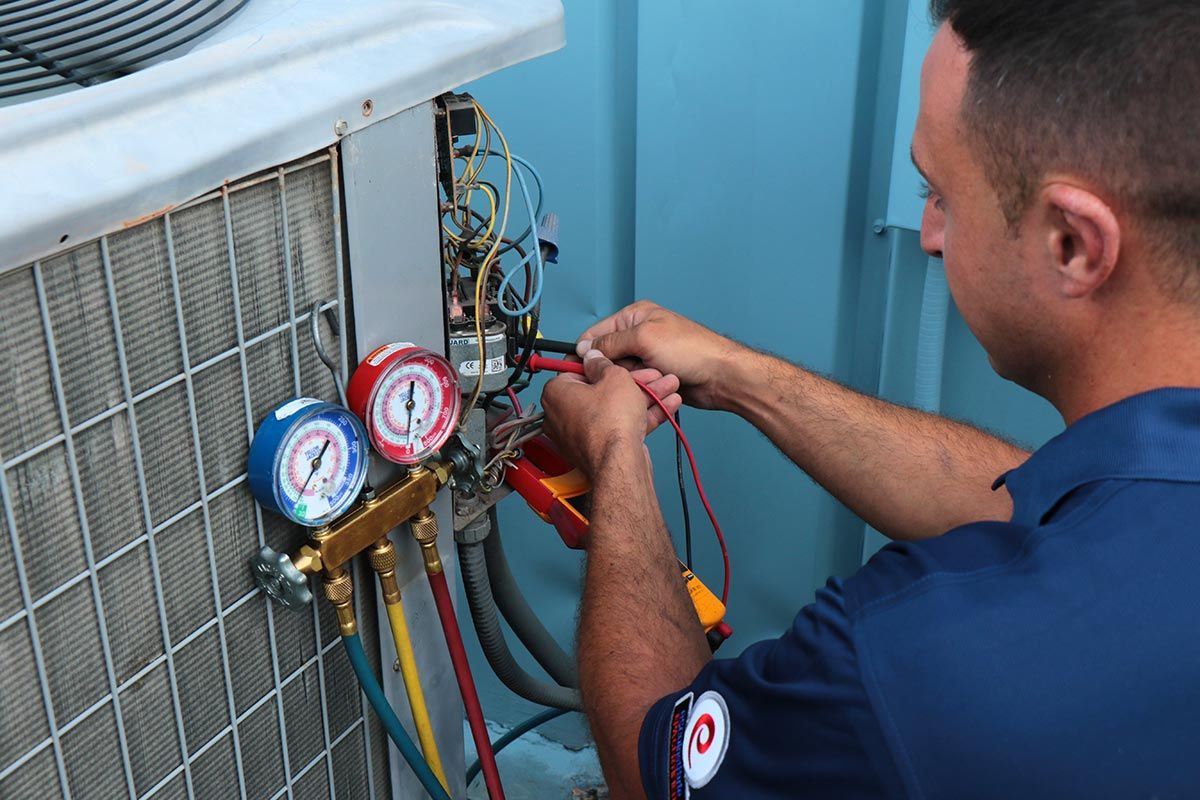Evaluating Your Area: Secret Measurements for A/c Installation
If you've ever before located on your own in an area where the cooling simply could not seem to stay on par with the summer season heat, you might take advantage of evaluating your space.
Guaranteeing your cooling system is properly sized and set up requires interest to essential dimensions such as area size, window and door measurements, ceiling height, insulation top quality, and airflow patterns. By comprehending these variables, you can optimize your air conditioning system's performance and effectiveness.

But how precisely do these dimensions impact your a/c setup?
Key Takeaways
- Properly determine space dimensions for proper system capacity and air movement optimization.
- Select energy-efficient doors and windows to enhance insulation and lower heat transfer.
- Make sure optimal air vent positioning and unblocked air flow for effective cooling distribution.
- Upgrade insulation to enhance thermal resistance, seal voids, and improve total system performance.
Area Size Measurements
When measuring room size for cooling installation, see to it you precisely evaluate the dimensions to identify the suitable unit capability. Begin by thinking about furnishings placement within the area. Furnishings can block air flow if put as well near vents or the a/c system. To assure optimal air conditioning efficiency, arrange your furnishings in a way that advertises correct airflow throughout the area.
Furthermore, take into account the room's design and dimension when planning for air blood circulation. Appropriate air circulation is vital for preserving a regular temperature level throughout the area. Bear in mind any kind of challenges that might interrupt the circulation of air, such as curtains obstructing vents or huge items of furnishings obstructing air movement. By guaranteeing ample room for air to distribute freely, you can make best use of the effectiveness of your air conditioning unit and create a comfortable setting in your home.
Doors And Window Dimensions

To assure proper air conditioning setup, analyze the dimensions of doors and windows in the space to optimize air movement and cooling down performance. When examining doors and window measurements, consider the following:
Frame Compatibility: See to it that the air conditioning device you choose is compatible with the frameworks of your windows and doors. Incorrect fit can bring about air leaks and lowered energy effectiveness.
Installation: Think about the setup procedure when picking a cooling system. Some systems might require details home window dimensions or extra alterations for appropriate setup.
Material Option: Select windows and doors made from products that give great insulation to boost energy efficiency. Correctly shielded doors and windows can aid keep a regular temperature in the space.
Energy Performance: Go with energy-efficient windows and doors to minimize heat transfer and boost the overall effectiveness of your air conditioning system. Energy-efficient products can boost the cooling abilities of your space while decreasing energy prices.

Ceiling Elevation Evaluation
Evaluating the height of your ceiling is crucial for establishing the very best placement of air conditioning vents for efficient cooling circulation. When appraising your ceiling height, see to it to take into account the clearance needed for both the ductwork and the a/c vents. Sufficient ceiling clearance guarantees that the ductwork can be set up properly without any blockages, enabling perfect airflow throughout the space.
Additionally, proper clearance over the vents guarantees that the cooled air can flow openly without any restrictions, leading to more also cooling down in the room.
When preparing the placement of ductwork, consider the elevation of your ceiling to avoid any kind of issues with installation or performance. Correctly located ductwork can aid make best use of the efficiency of your cooling system and see to it that each room gets sufficient air conditioning.
Insulation Analysis
Examine the insulation quality to enhance the efficiency of your air conditioning system. Appropriate insulation plays a critical function in keeping a comfy interior setting while making the most of energy efficiency. Right here are 4 key points to evaluate when assessing the insulation in your room:
Thermal Resistance: Examine the R-value of your present insulation to make sure it meets the advised criteria for your area. Greater thermal resistance indicates better insulation high quality, which aids in reducing heat transfer and maintaining a consistent temperature level.
Insulation Placement: Examine the placement of insulation throughout your space, focusing on areas such as walls, ceilings, and floors. Effectively set up insulation avoids energy waste by reducing warm exchange with the surrounding atmosphere.
Sealing Voids: Identify and secure any type of voids or fractures in the insulation to stop air leak. Properly sealed insulation improves power efficiency by maintaining airtight barriers that avoid conditioned air from getting away.
Upgrading Insulation: Consider updating your insulation to more recent, extra energy-efficient materials. Updating can improve thermal resistance, minimize energy intake, and enhance the total efficiency of your air conditioning system.
Airflow Evaluation
Checking the air movement within your space is essential for making sure peak performance of your a/c system. Correct air movement distribution is important to keep constant temperature levels throughout the location. When assessing air movement, take into consideration the ventilation needs of each space to guarantee appropriate air blood circulation.
To evaluate air movement circulation, begin by checking for any type of blockages such as furnishings blocking vents or debris clogging duct. Poor air movement can result in ineffective air conditioning and heating, causing pain and raised energy costs. It's important to attend to any type of issues immediately to enhance the efficiency of your air conditioning system.
Additionally, comprehending the air flow demands of various areas in your house or office is crucial to maintaining air top quality and convenience degrees. Appropriate air flow aids eliminate stagnant air, odors, and pollutants while generating fresh outside air. By assessing air flow and air flow requirements, you can develop a much more comfy and healthy and balanced indoor setting for everyone.
Often Asked Concerns
How Can I Figure Out the most effective Place for My Air Conditioning Unit Within the Area?
When figuring out the very best area for your AC system in a space, think about the cooling ability and air blood circulation. Keep the system away from obstacles that can block air flow and place it centrally in the space to assure even cooling down.
Perfect positioning helps disperse amazing air efficiently, maximizing the unit's performance. Correct positioning can make a significant difference in exactly how successfully your air conditioning unit cools the area.
Exist Any Type Of Specific Factors to Think About When Mounting an Air Conditioning System in a Multi-Level Building?
When installing an air conditioning system in a multi-level building, consider aspects like power performance, cooling down capacity, placement, and ease of access.
See to it the device is purposefully placed to cool down several levels efficiently. Opt for an area that allows very easy gain access to for repair and maintenance.
Furthermore, evaluate the air conditioning capability to ensure it can properly cool down the entire building. These considerations will certainly help optimize the performance of your a/c system in a multi-level setup.
What Is the Perfect Range In Between the Air Conditioning Unit and Any Heat-Producing Home Appliances in the Space?
When positioning your air conditioning device, make certain correct ventilation distance from heat-producing home appliances in the space. https://rotherhitheacinstallation.co.uk This aids with warm diffusion and stops the AC from working more challenging to cool the room.
Aim for a perfect range of at least 3 feet in between the air conditioner system and any type of warmth resources like ovens or lamps. Maintaining this splitting up will maximize the efficiency of your air conditioning system and extend its life-span.
Exist Any Kind Of Prospective Threats That I Should Know When Mounting an Air Conditioning System in a Tiny or Enclosed Area?
When mounting an air conditioning unit in a small or encased space, bear in mind possible risks. Make certain to deal with ventilation problems to avoid air quality concerns. Take security preventative measures seriously, particularly with minimal space constraints.
Understand setup difficulties like proper positioning for finest performance. Focus on security and ensure your room is well-ventilated to avoid any kind of dangers connected with mounting an air conditioning unit in a restricted area.
How Can I Make Sure Correct Ventilation for My Cooling Unit to Operate Successfully in a Room With Limited Airflow?
To maximize airflow for your air conditioning device in an area with minimal air flow, guarantee proper air flow by keeping vents clear and unhampered.
Regularly tidy or change air filters to maintain efficiency.
Consider utilizing a fan to aid flow air and protect against stagnant pockets.
Placement the unit in a location where air can stream freely, preventing cramped areas.
These steps will assist your air conditioning unit run successfully and cool the space effectively.
Conclusion
Since you have taken key dimensions for your a/c installation, you're one action better to making sure peak air conditioning performance in your area.
By properly reviewing area dimension, doors and window measurements, ceiling elevation, insulation, and air movement, you can make informed decisions on the most effective air conditioner unit for your needs.
Keep in mind, correct dimensions are crucial for a successful and effective a/c setup.